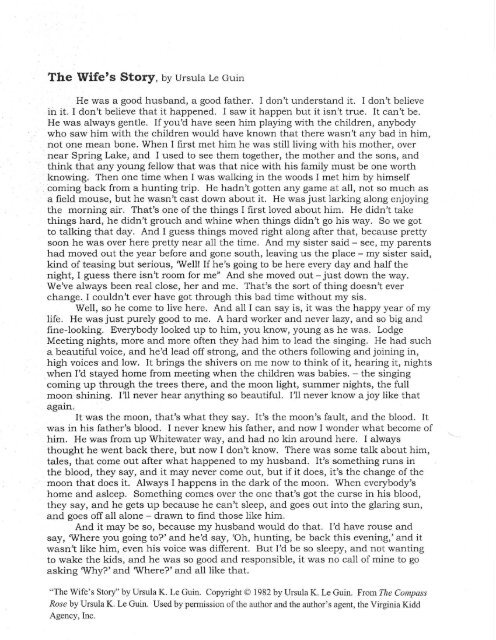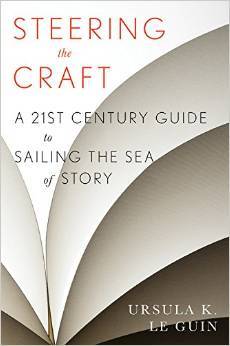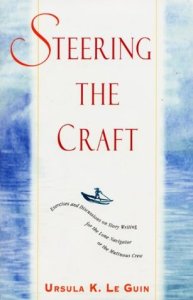


But there are still some basic ways to make her seaworthy and keep her from capsizing, going to pieces, or hitting an iceberg.This is not a book for beginners, warns Le Guin ( Cheek by Jowl), but it would be churlish to deny the benefits of this thoughtful, concise volume to anyone serious about becoming a writer. There’s no sea-chart for a boat in a hurricane. In the years since the millennium, writing itself has begun to be differently understood in many ways, while publishing is sailing through a storm of overwhelming change. Updating the book also meant bringing it more fully into the age of electronic communication. (“Hey, Pat, if I use that whatsit there with the kinda pointy end, will it get this thing into this piece of wood?”) In revising this book, though I can’t do a crash course in English grammar and usage, I tried to encourage my writer-readers to consider the value of the marvelous tools their language provides, and to get familiar with them to the point that they can play with them freely. A writer who doesn’t know them is like a carpenter who doesn’t know a hammer from a screwdriver. You can’t say what’s wrong or right in a sentence without the words to describe it.

Yet these are the names of the writer’s tools. Words such as subject, predicate, object, or adjective and adverb, or past tense and past perfect tense, are half-understood or wholly unfamiliar to many. Some exercises have been improved or replaced, many topics deleted, added, or rethought.Įvery year our schools teach less of an essential and once common knowledge, the technical language of speech and writing, the vocabulary of grammar. This is a complete revision of the book, updated and rewritten. Steering the Craft was published in 1998.


 0 kommentar(er)
0 kommentar(er)
